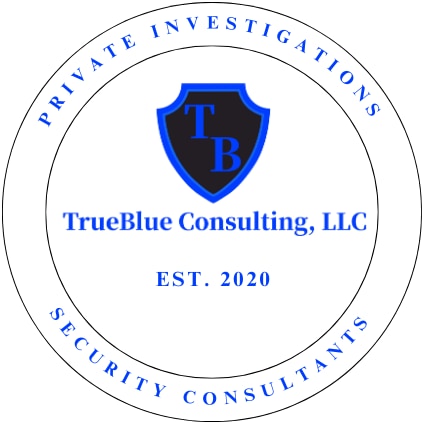Prior to embarking on my 23 plus years in law enforcement and founding TrueBlue Consulting, LLC, I was a teacher of high school math in the Bronx—NYC Public Schools, where overcrowded classrooms and stretched budgets were just part of the job. Now, as a private investigator, I see a different challenge hitting suburban districts across New York: Residency Fraud. Some families use fake addresses to get kids into their preferred or desired schools, and it’s a costly issue—one that troubles me as an former educator and a tax payer.
Why use Private Investigators?
New York’s per-student cost hovers around $25,000 a year. In a suburban district, 10 fraudulent enrollments mean $250,000 misspent. Private investigators (PIs) can crack this—surveillance might catch a kid commuting from outside the zone, or property records could bust the lie. At TrueBlue, we’ve seen cases where a sharp investigation saves districts thousands, especially if one family has 2 or more children fraudulently enrolled in the district. Catching 20 ineligible students? That’s $500,000 back in the coffers. Just think, many school districts per pupil costs are significantly higher than the $25,000 per year as indicated above. That is just the average across the state.
It’s not easy, though. I feel for the kids—good students uprooted because parents bent the rules. They’re stuck in the middle, and that’s tough to swallow. But in places like Long Island or Westchester, where district lines draw sharp boundaries, fraud squeezes out resources for everyone else. Investigations deter it, even if they sting. I was recently interviewed by NBC’s News10 which covers the Rochester, NY region, regarding this topic, which at times can be heartbreaking: https://www.whec.com/top-news/news10nbc-investigates-greece-central-school-district-kicks-out-10-year-old-student-with-special-needs-over-mothers-rochester-lease/
Attorneys Make It Stick
School attorneys are the unsung heroes here. PIs dig up the proof, but legal pros ensure it holds—navigating New York’s Education Law, dodging lawsuits, and prepping for disputes. I’ve watched it play out: solid evidence paired with an attorney’s tight case shuts down appeals fast. That collaboration keeps risks low and savings real—suburban districts can’t afford missteps. Its constituents deserve what they are paying for, and superintendents should desire the savings, even at the expense of disrupting the student’s academic school year. Families move all the time, so transferring schools normally follow with their move. However, if they decide to attempt to fool the district, it can cost them not only the embarrassment, but also, they can be held financially responsible for any losses incurred by the district.
What’s at Stake
A PI job might cost $1,000–$5,000, but the payoff dwarfs it. For a suburban district with 5,000 students, a 1% fraud rate (50 kids) burns $1.25 million. Catching half saves over $600,000—think new staff or upgraded labs. It’s about fairness, too—taxpayers and legit families deserve it. Our children deserve it!
From the chalkboard to the field, I’ve seen both worlds. How big could residency investigations help your local district? How do we weigh the kids’ benefits against the system’s needs?


